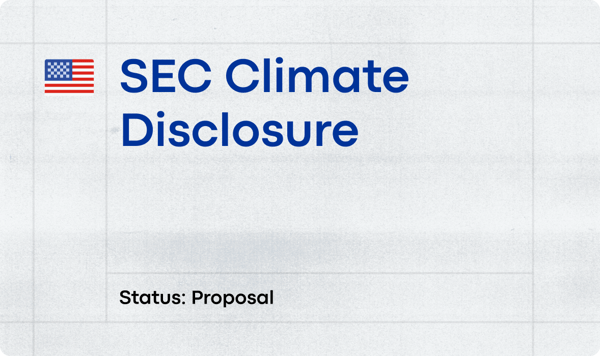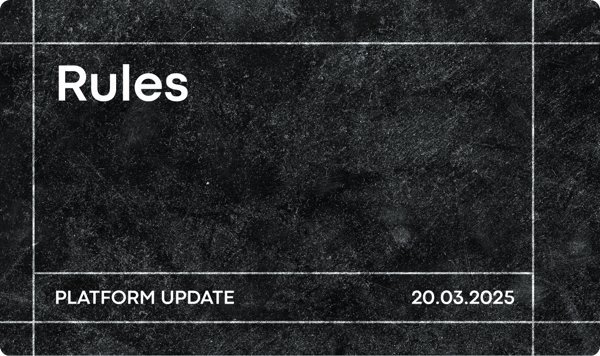Introducing "You Ask, We Answer" – brought to you by Carbonfact's Head of Science. Each week Laurent Vandepaer answers one of your questions about sustainable materials, manufacturing impact, and energy transition in the apparel and footwear industry. Get concise and factual insights to help you make informed decisions and reduce your environmental footprint.
Before joining Carbonfact, Laurent led the integration of LCA into the sustainability and innovation efforts at On and performed LCA for other brands like Arc'teryx. Laurent also worked for several years in research with a PhD focusing on the deployment of LCA at a large scale.
Question: How can we find out the real impact of the textile finishing process?
Asked by the Head of Sustainability from a Workwear Brand
Finishing might seem like a minor part of the production process of a garment, but it can have significant environmental implications. Our data highlights that finishing is the biggest portion of the environmental footprint during textile manufacturing. Most of the impact (up to 70%) is coming from boiling water.
Finishing process
When calculating the impact of finishing we need to account for different possible combinations of processes:
- Processes almost always used: Washing, Heat setting, Pad dry cure, Sanforizing
- Commonly but not always used finishing processes: Anti-microbial, Calendering, Heat setting, Pad dry cure, Sanforizing, Stain resistant, Washing, Spray dry cure, Overdyeing
Refining parameters for different product categories
The next steps involve refining parameters for different product categories and understanding what is the combination of finishing processes in our specific case. For example: some flame retardants used in workwear and waterproofing treatments with PFCs in outdoor products have emission factors greater than 20 kg CO2eq/kg of material (source: EF3.1 database)
Pre-treatment processes, such as bleaching, should be included by default, and improving coloration processes to match the nature of fibers. For example:
- Cellulosic Fibers: Use reactive, direct, vat, and sulfur dyes.
- Wool and Silk: Use acid, chrome, and mordant dyes.
- Synthetic Fibers: Use disperse and acid dyes, which are more impactful.
(Source: Ecobalyse)
Important Considerations
- Dyeing Methods: Batch dyeing (5.15 kg CO2eq) vs. continuous dyeing (1.53 kg CO2eq).
- Polyester Dyeing: Requires more energy due to higher processing temperatures.
- Blends: Demand more energy for different dyestuffs and specific treatments.
- Printing: Involves more after-washing to remove excess dyes.
(Source: Ecobalyse)
How to lower the footprint of finishing
Most of the impact in finishing (up to 70%) comes from “heating water” (to facilitate the reactions of dyes or other textile chemicals, water is boiled to create steam, which is then used for various purposes in manufacturing, such as providing heat for processes like dyeing and shaping products). Therefore, phasing out coal boilers in wet-treatment processes is a key priority. Replacement options include natural gas, biogas, biomass boilers, heat pumps, and renewable energy.
Many brands already make efforts in this direction, for example, since 2022, Adidas has prohibited suppliers from installing new coal-fired boilers, heaters, or power generation systems, and remains committed to phasing out coal-fired boilers at all direct supplier facilities at Tier 1 and Tier 2 by 2025. By the end of 2023, more than 48 boilers have been modified or replaced (2022:18) to use 100% low-carbon fuel such as biomass or natural gas. (Source: Adidas 2023 Impact Report)
Where do we get the data from
Unfortunately, many brands don’t have data on their finishing processes. To address this, we added 50+ finishing processes from the EF3.1 database in Carbonfact. This allows us to provide brands with a comprehensive list, enabling them to specify the finishing processes used in their supply chain and helping us build more accurate finishing blueprints (A supply chain blueprint allows us to estimate the footprint of a product when the brand is missing crucial primary data).
We also improved the representation for cases where brands lack information, our method now realistically reflects the variability in finishing processes, accounting for different possible combinations of processes.
About Carbonfact
Carbonfact is the only Sustainability software, built specifically for apparel and footwear brands as well as manufacturers to measure the environmental impact of their products and take actionable steps to reduce their footprint. Our Product Impact Simulation tool enables you to run what-if scenarios on a product level, where you can experiment with different components, suppliers, or transportation methods, and build concrete company-level decarbonization scenarios.
Do you have questions about sustainable practices, manufacturing impacts, or energy transitions in the apparel and footwear industry? We'd love to hear from you! Send us an email: youaskweanswer@carbonfact.com







 Lidia Lüttin
Lidia Lüttin


 Martin Daniel
Martin Daniel